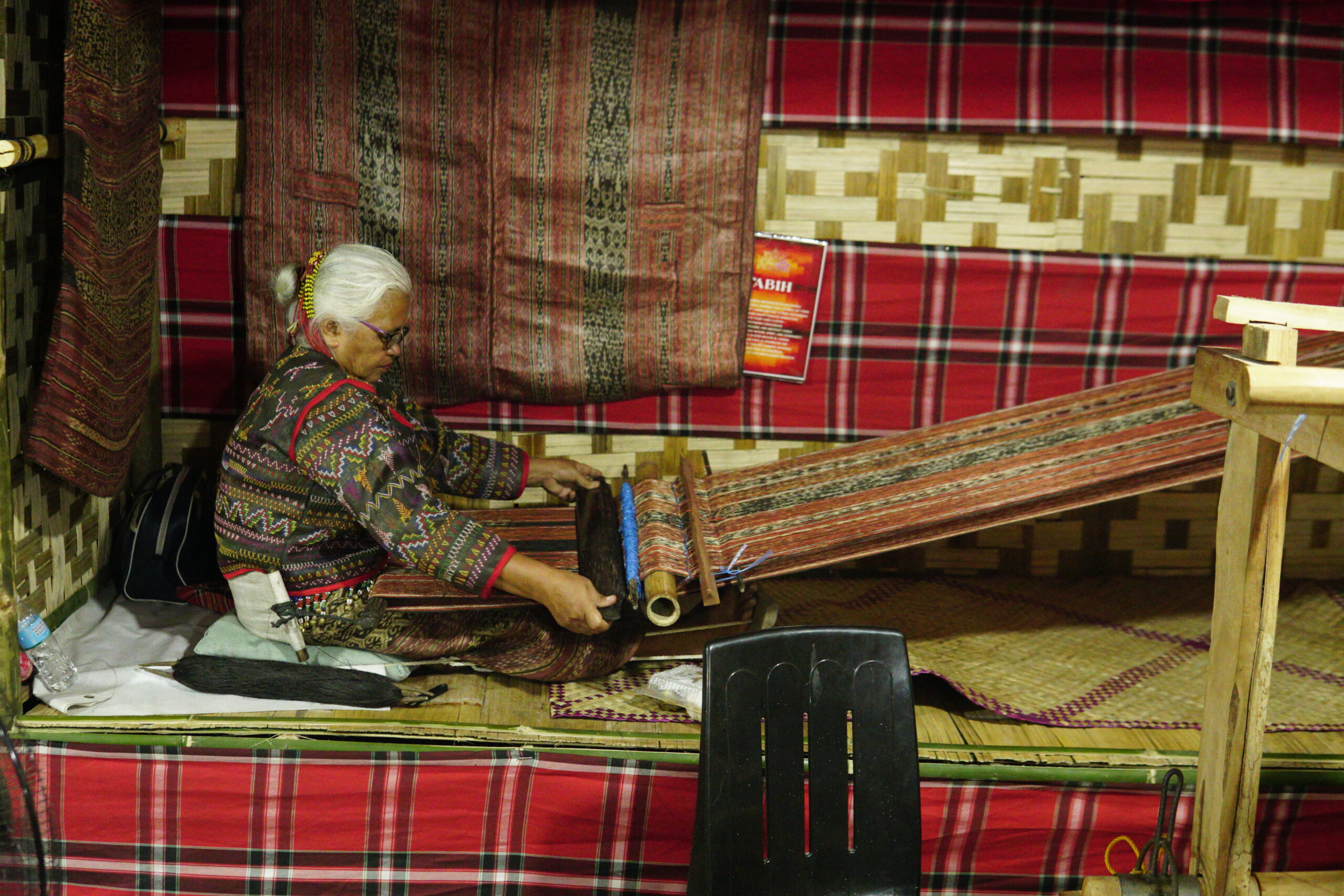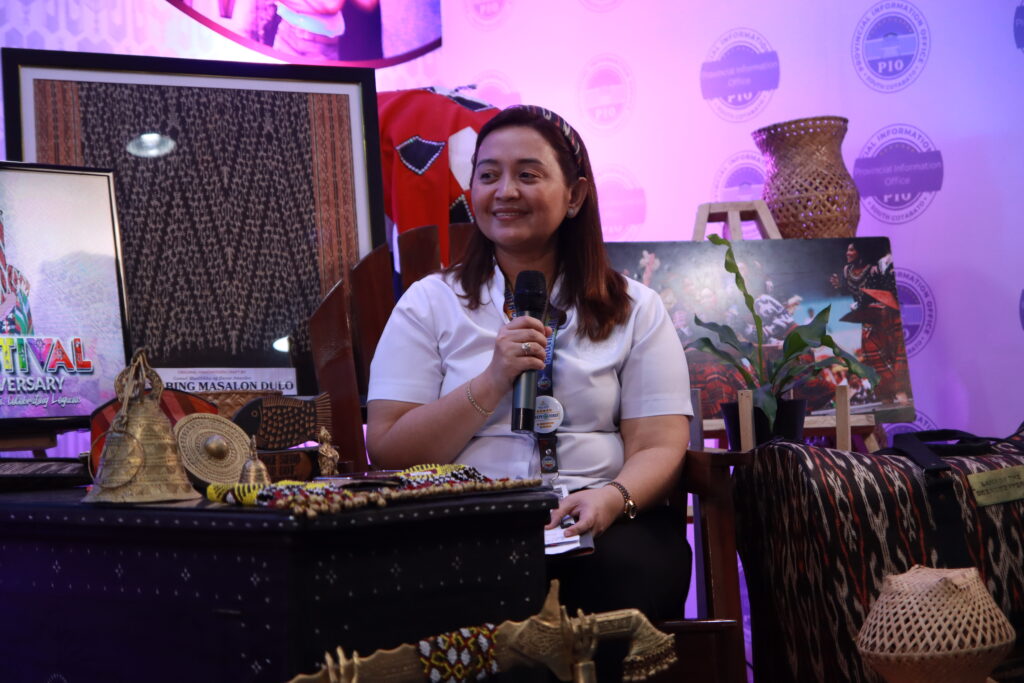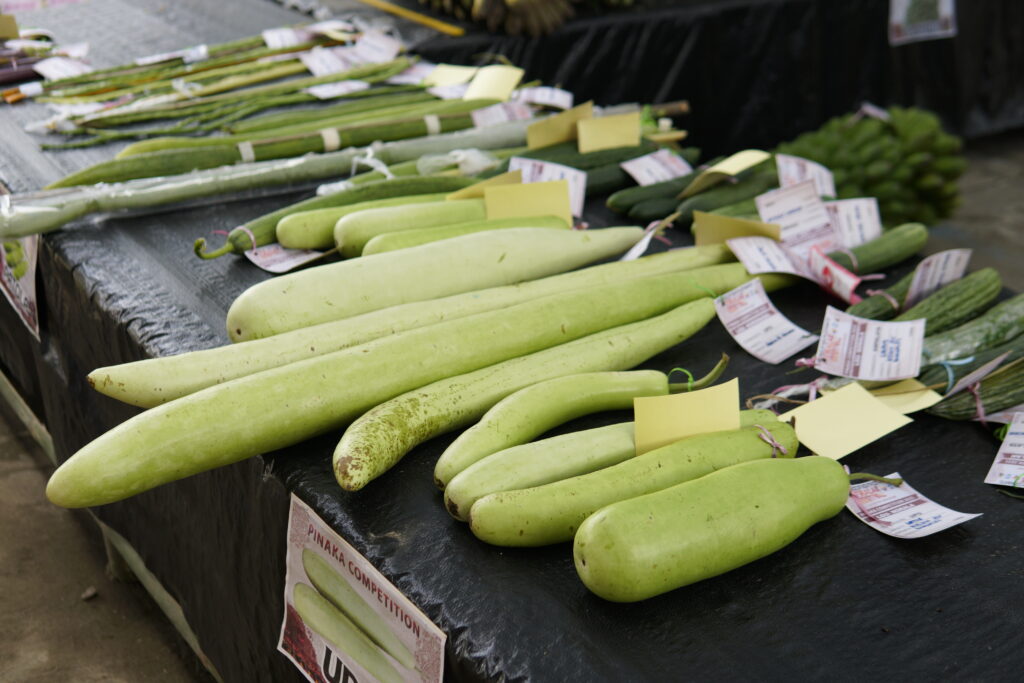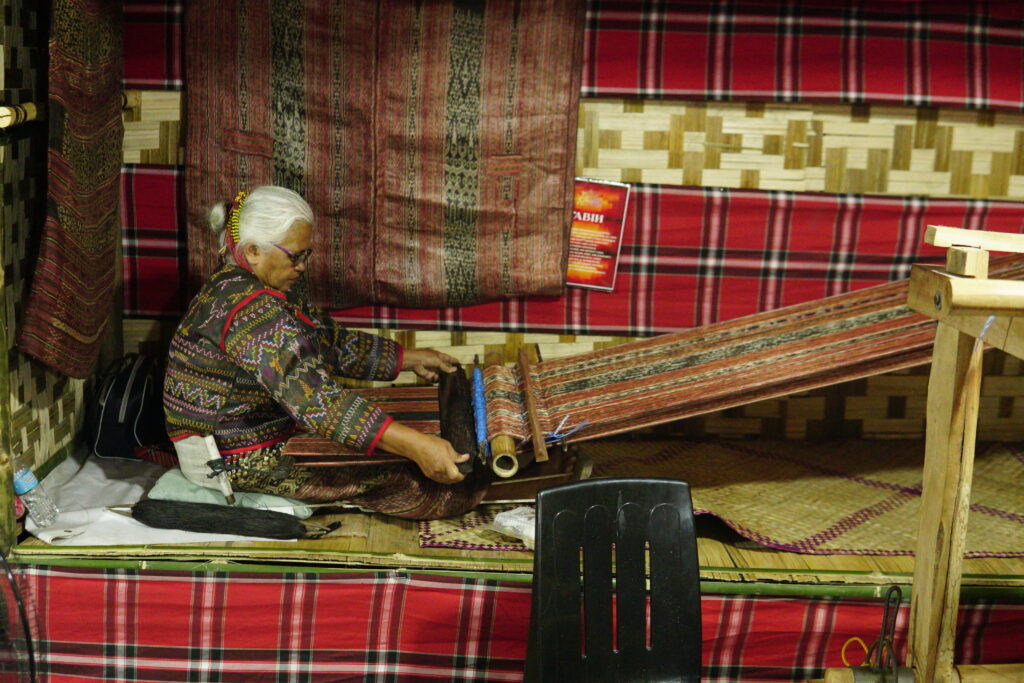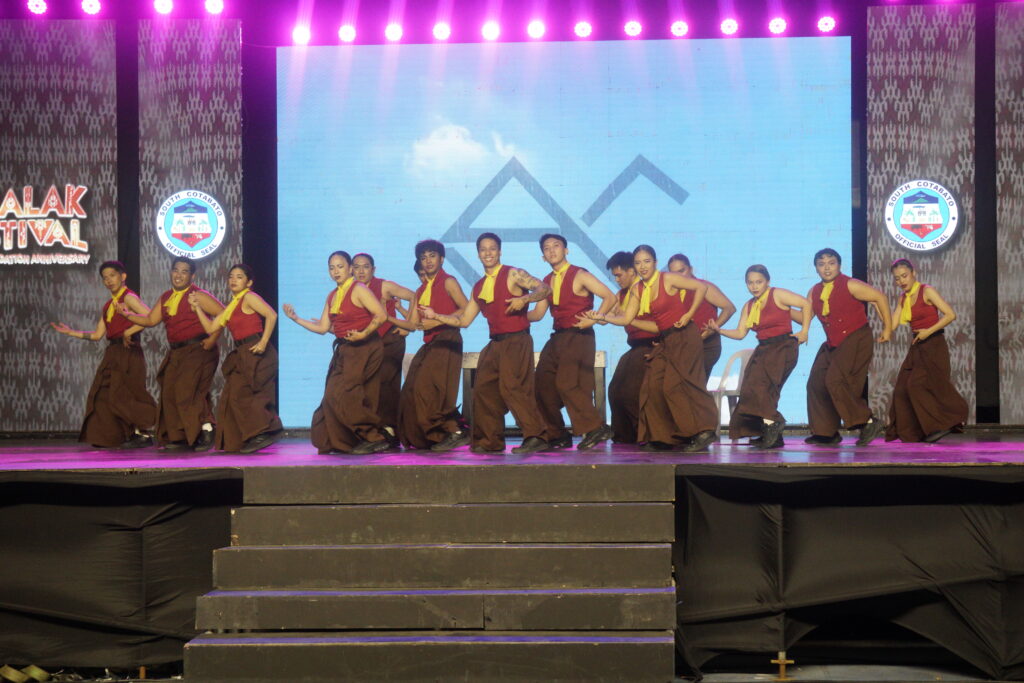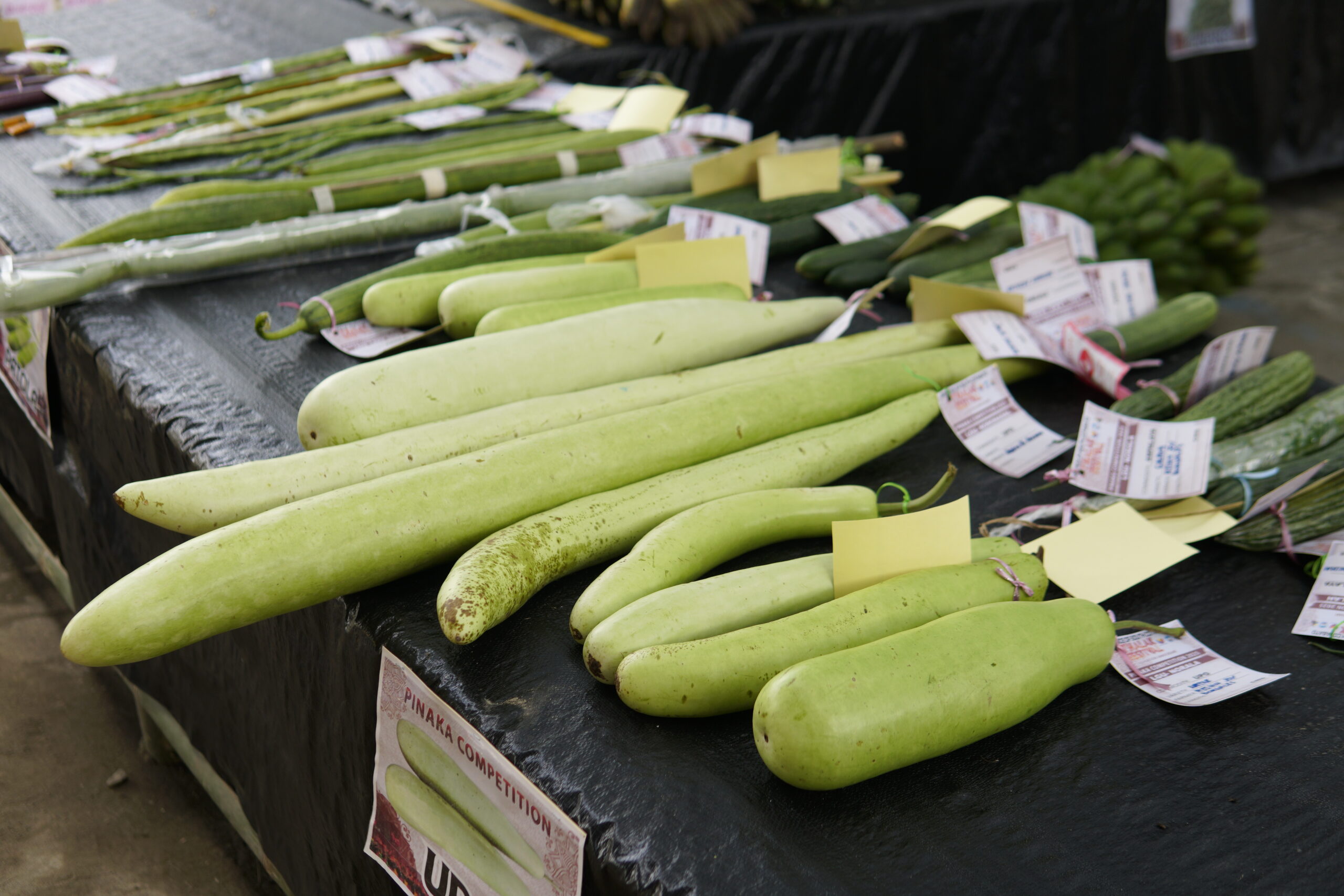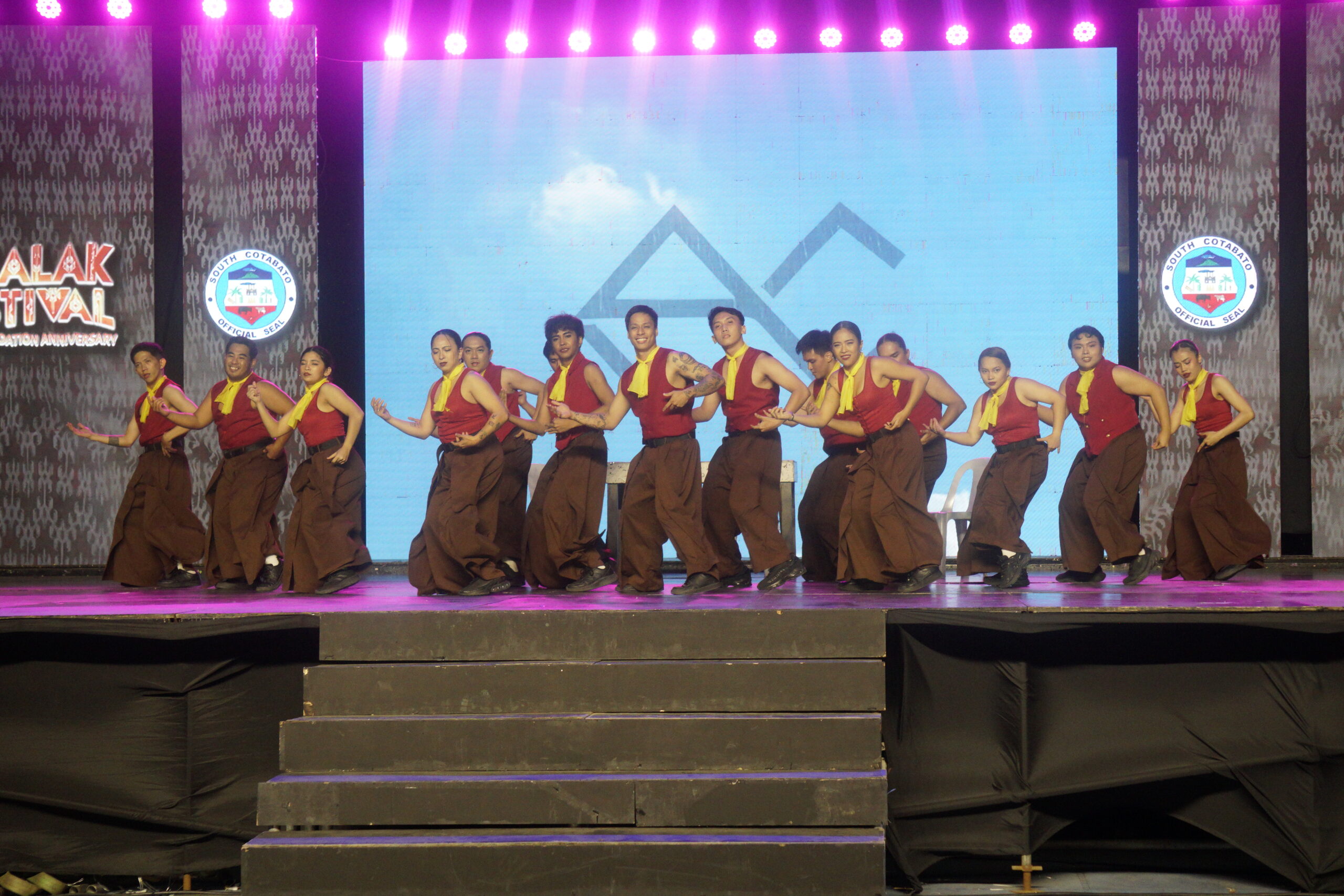KORONADAL CITY- Colorful threads stretched across wooden looms as the skilled hands of Tboli and Blaan weavers brought tradition to life in the middle of Alunan Avenue. As part of Panubli, a live weaving event in the 26th T’nalak Festival and 59th Foundation Anniversary, tribal artisans shared their heritage through the age-old art of weaving, which reflects a tradition deeply rooted in culture, identity, and community.
Panubli, a Hiligaynon word meaning “to inherit” or “to pass down,” is more than just a display. It is a living showcase of South Cotabato’s indigenous artistry, a quiet yet powerful reminder that ancestral traditions are not just remembered, but actively practised and celebrated. The event allows the public to witness the meticulous process of crafting T’nalak, a sacred cloth made from abaca fiber, traditionally woven by Tboli women based on patterns seen in dreams.
Among the featured artisans is Jefferson Fara, a proud full-blooded Tboli and president of Gono Temwel, a family-run cultural enterprise owned by MN Bundos Fara. Alongside the weavers, Fara displays intricately crafted brass jewellery with each piece handmade, drawing from generations-old techniques and designs.
For Fara, Panubli represents more than just craftsmanship. It’s a celebration of unity through culture.
“The essence of T’nalak is very essential — to gather as one,” he shared. “Sa ganitong paraan, nag-u-unite hindi lang ang Tboli tribe, but also the Muslims and the Ilonggos.”
What sets Panubli apart is its accessibility. Visitors don’t just observe, but they engage. Festival-goers are free to ask questions, take photos, and connect with the artisans. Authentic T’nalak cloth, handcrafted brass accessories, and other traditional products are still on display and available for purchase at the site, giving locals and tourists a meaningful way to support the communities behind the crafts.
As the T’nalak Festival continues, Panubli stands as one of its most sincere highlights, proof that culture is not only confined to museums or history books. It lives on the streets, in the hands of weavers, in the sound of the loom, and in the pride of a people who continue to pass it down.


